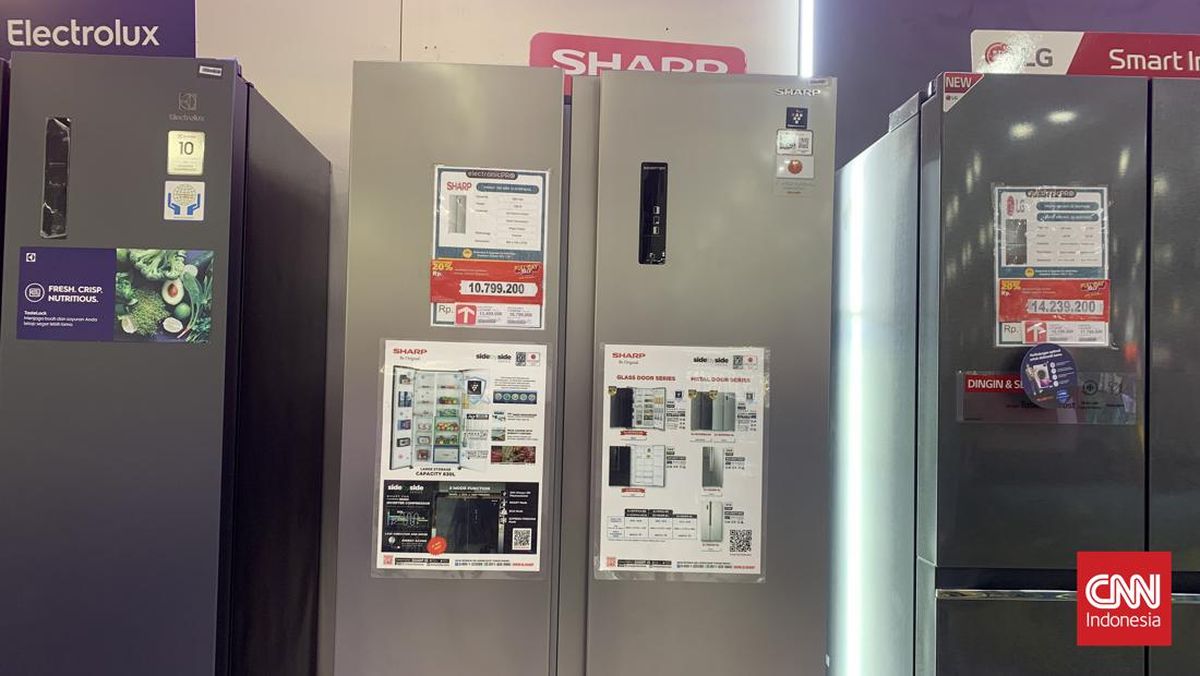Switching your home to run at least partly on renewable energy, while potentially not as inexpensive as it once was, is arguably easier than ever.
If you have sun hitting your home, you can capture it as energy and store it in a big battery, passing it to your appliances as they need it. This is unless, of course, you’re among the one-third of Australians renting their home, in which case the decision to bolt big panels to the roof is not yours to make.
It would be fair to wonder whether it’s ever financially sensible for renters to attempt harnessing solar power. Cost of the equipment can be high, the need to keep set-ups portable or at least semi-permanent is limiting, and the cost of electricity is cheap enough that most investments would take years to pay off.
On the other hand, recent improvements in technology mean that these set-ups can have other benefits, such as providing power to parts of the property with no wiring, being able to take power with you when you travel, and keeping vital appliances going during an outage — in addition to utilising renewable energy for a portion of your power needs.

Finding a spot outside that gets enough sun is the first part of the challenge.Credit: Tim Biggs
The portable home battery
There are plenty of small battery generators on the market which you can fill with electricity from the grid and then take with you to power standard AC appliances away from home, and they can be very handy. There are larger ones, too, which you can use for power while camping or in a motorhome, or hook up to your mains to provide emergency power.
But one of the most interesting applications is for solar input. Hook one of these things up to the panels on your roof and you have the potential to take some appliances off the grid entirely, or generate cheap clean energy to take with you. I don’t have panels on the roof, because I’m renting, so I set out to see if it was possible to do it without an irreversible installation or rewiring.

Anker’s Solix F3800 can handle up to 2400W of solar power input, which is probably more than you’d get even if you filled your backyard with panels.Credit: Tim Biggs
My goal was just to take our garage off the grid. My wife runs a horticulture business and recharges all the batteries for her electric tools in there, and it’s also where I charge my e-scooter and have a repair station with soldering irons and the like. There’s a fridge in there too.
If I was buying a new set-up, the first thing I’d need to do would be to figure out the maximum power output I’d need to decide on which battery generator to get. With multiple things charging at once plus the fridge, that could mean close to 1000W, so an appropriate generator would probably be at least $1000.
For this experiment, Anker loaned me a $5000 SOLIX F3800, plus an additional battery, which is likely to be surplus to your needs unless you’re powering a whole house. It has a maximum output of 6000W.
The other main spec of the generator you’ll care about is the capacity, which will determine how much you can use it before you need to add more power, which is important with solar because you need to have enough banked to make it through the night.
If you’re like me, your brain may go off the rails slightly when it comes to voltages and amperages, but the easiest way to think about it in this case is in watts (or W, which is volts x amps). Watt-hours (Wh), the measure of battery capacity, is literally watts times hours.
So if you use a 400W appliance for 1 hour, that’s enough to deplete a 400Wh battery. If you capture 200W of energy for one hour, it will half fill that battery. And if you know the capacity of the battery, you can divide it by the wattage of your appliance to see how many hours it could run for on a full charge.
Semi-permanent solar panels
Next, of course, you need solar panels, which are trickier to shop for. There are many units designed to be portable or mounted in the backyard, but they’re less efficient than roof-mounted panels, and you probably won’t have a professional installer advising you. Panels will be advertised with a maximum power rating, and you should make sure that’s not higher than the solar input on your generator, but the actual amount of power you collect will depend on how much sun hits it, how fully, for how long and at what angle.
Along with the generator, Anker loaned me a solar blanket designed to be laid down or propped up on its built-in legs, which could be ideal if you’re camping in a wide-open space. In a home setting, though, you really need the panels anchored somewhere so they don’t fall over or blow away. They need to be positioned for maximum sun, but close enough to your battery to plug in while not getting in your way or violating any rental tenancy laws.
Again, if I were out shopping for myself, a smart move would be a series of small rigid panels that I could daisy-chain together in an appropriate angle, mounted securely on a fence, rail or garden bed. Astronergy makes a unit rated for 440W you can get for around $140 each. As I had the blanket, I secured it to the balcony over our back stairs. Our backyard is to the west of the house, which isn’t ideal, but I have the panels angled to catch good sun between 11am and 6pm.
The plus side of this semi-permanent installation is that it’s very cheap. I bought some weatherproof MC4 extension cable from Amazon for $20, and I had everything else I needed to secure the panels and route the cable through a cracked window into the garage. It’s also pretty easy to reconfigure if you need to. I kept an eye on the readings for the first few days and found that on a sunny day, we were getting close to 200W of energy for a few hours a day, which isn’t bad. If you’re not getting enough, you can always reposition or add panels.
With everything set up, the F3800 went about its business with no issues whatsoever. It has six standard AC output plugs for regular appliances, one of which is labelled as an EV port and will charge your car at 3000W, but we needed only four to cover everything.
There are also USB-C ports on the front for smaller devices. With the generator and extra battery combined, we had a huge capacity of around 7600Wh, but we were adding around 10 per cent a day from the sun and using around the same amount, so we would have been fine even on a smaller capacity.

Most battery generators will have a display to show what you’re drawing and storing. Some even connect to Wi-Fi so you can watch it on an app.Credit: Tim Biggs
One week in early October was quite cloudy, and we dropped from around 70 per cent to around 30 per cent, so the set-up could be far less reliable in winter. You also need to remember to unplug appliances you’re not using. Some continue to draw a lot of power.
Loading
Is it worth it?
That’s really the big glaring issue with the concept – it’s not really possible to keep all the variables in mind. It’s honestly exhausting to try to think in terms of the wattage of appliances versus the amount of energy you’re pulling from the sun, and factoring in the storage capacity of your system. Then there’s the variability of the weather, a certain amount of energy loss through transfer and storage, and a pretty wide gulf between advertised numbers and what occurs.
If you’re looking to save money on your power bill or run part of your home entirely on renewables, it can be tricky to work out how long it will take for the set-up to pay for itself, or indeed whether there will be enough power capacity to keep everything going. As a renter, I probably wouldn’t be dropping thousands of dollars on a set-up like this in the hope I could eventually save money. Currently, I’d be lucky to generate $2 worth of electricity in a week, charged at regular retail rates.
But there are other factors that make the whole thing more attractive, especially if you can make do with a smaller capacity battery.
Something like the Anker SOLIX C1000, which you can get for $1000, could be filled up in a day or two via solar, has enough juice for a few hours of heavy use when you need it, and is small enough to take with you on jobs, on road trips, or while camping. Just as long as you do the calculus to understand it won’t run your clothes dryer for very long if there’s a power outage.
Even the F3800, which weighs 60 kilograms and needs to be trundled around on its built-in wheels, could be useful for plenty of people beyond the RV enthusiasts and off-grid home owners. If you’re in an area prone to outages, or have a detached shed that’s a pain to run power to, or like to throw parties at the park, it can sit at home and soak up a lot of solar energy ready for you when you need it.
Get news and reviews on technology, gadgets and gaming in our Technology newsletter every Friday. Sign up here.
Most Viewed in Technology
Loading
















































